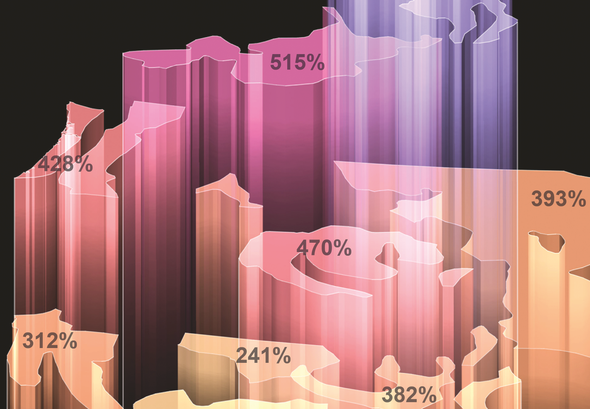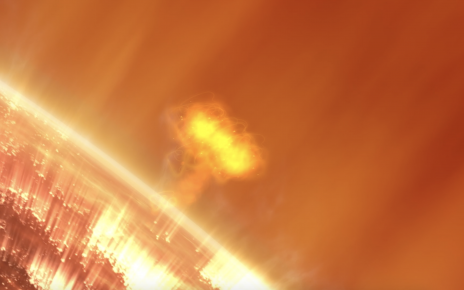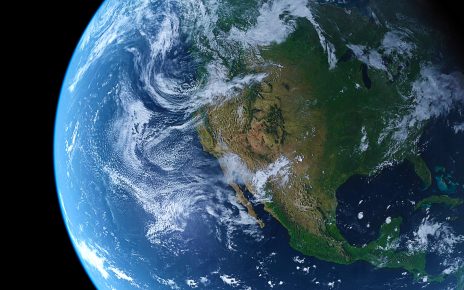Warming could scorch the region

Editor’s Note (9/10/20): Wildfires are raging across California and many other parts of the U.S. West. Daytime skies over San Francisco are dark orange from the flames and smoke. A record number of acres have already burned in California, and the wildfire season has a long way to go. Scientists have predicted for at least a decade that climate change will make this terrible trend worse, as these projections we published in 2011 show.
“If climate change drives temperature up a degree or two,” goes the common dismissal, “how bad could that be?”
Here’s an example: Higher temperatures draw moisture out of live and dead trees and brush, making them more flammable. The heat also can alter precipitation, as well as shift spring thaw earlier, lengthening the fire season. A one degree Celsius climb in average global temperature could cause the median area burned annually by wildfires in parts of the American West to increase up to sixfold. “A one-degree rise could occur well before 2050,” notes Jeremy Littell, a climate and fire researcher at the University of Washington, who created the projections with the U.S. Forest Service and other institutions.
Scientists in Canada have reached similar conclusions about their western region. The U.S. prediction applies to area burned during median fire years; extreme fire years would consume still more area. Unfortunately, as temperature goes up, Littell predicts, “what were historically big fire years may become more frequent.”
.png)
This article was originally published with the title “Up in Flames” in Scientific American 304, 6, (June 2011)




